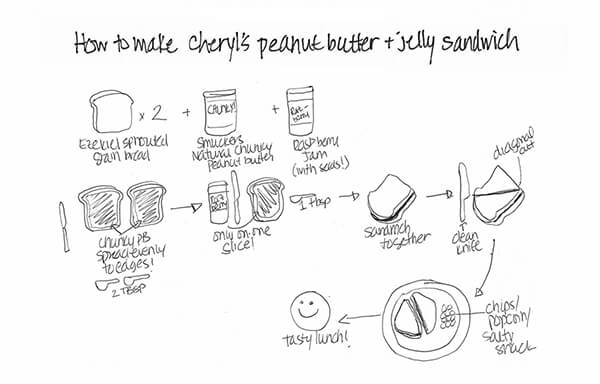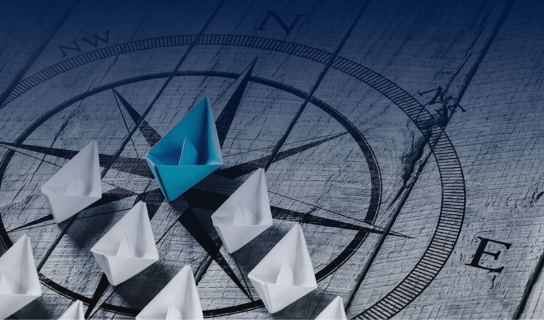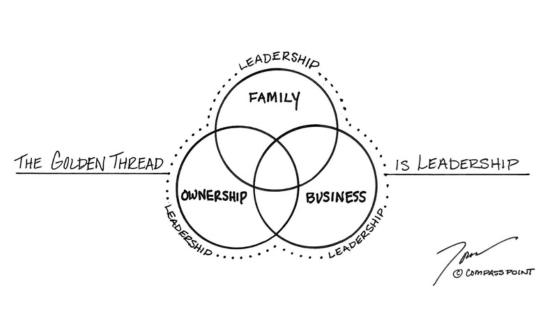SYSTEMS
Business Systems: The Key to Scaling
I’m a pretty regimented eater when it comes to weekday lunch. Usually, it’s a simple protein shake or an egg scramble; something that’s quick to make and easy to consume while I’m prepping for a client or writing my latest blog. But, on rare occasions, usually when my energy is low or I’m not feeling the greatest, all I want is a simple peanut butter and jelly sandwich.
So let me ask you this: WHO makes the best peanut butter and jelly sandwich?
I’m going to go out on a limb and say it’s the person reading this article…. YOU. Yes, YOU! I’ve found the sandwich tastes best when the person making it is also the person eating it. Why? Because you know the ratio of peanut butter to jelly you like, the ideal bread selection, and the proper sequence of bringing those glorious components together to make the PERFECT PB&J. (And I am assuming you enjoy eating peanut butter sandwiches. If not, substitute your favorite sandwich and keep reading).
But what if you were unable to make your sandwich and needed to rely on someone else to make it for you? Would you be able to detail the process and outline the steps to a friend or family member and get the same results as if you made it yourself? What if that person had never made a peanut butter and jelly sandwich before?
Do you see the metaphor for my article? It’s all about systems and the processes within.
Look deeper at your business systems and processes
The systems within your business embody people processes, technology, information, and innovation. Think about the high-level, 50,000-feet-types-of-processes that are essential for your business to exist, like how you acquire customers (sales) and the system for delivering on your brand promise (marketing). Now think about the processes within sales and marketing (or any part of your business, for that matter). When you get into the details, there are usually multiple processes within each system.
While your core processes may seem simple or matter-of-fact to you, can you ensure everyone on your team understands exactly what is needed and how to complete the required steps?
What happens if
- your team is not capturing these processes, how will you train the next new hire?
- you can’t articulate the process, how will you know how to scale?
- a key employee (think skilled PB&J maker) leaves and takes that undocumented knowledge with them, how will the rest of the team fill in the gap?
Once you’ve determined your business’s core processes, map them out – visualize them! If you’ve never mapped out a process before I can help you in real-time with a Mural.
Map out your business systems and processes
Let’s go back to the peanut butter and jelly sandwich.
What’s the process to make your sandwich perfect? How does it start?
- With white bread? Whole wheat bread? If you’re like my daughter, maybe it starts with a hot dog bun.
- Is the bread straight from the bag or toasted? Is it soft bread or something more sturdy?
- Will it be smooth or chunky peanut butter?
- oh, and the WILDCARD… choice of jelly!
Here’s what my PBJ Process Map would look like:

Those questions revolve completely around WHAT is needed to make a peanut butter and jelly sandwich. Then there is HOW to build it.
Tom Wujec, a business visualization expert and TED conference regular, did an entire TED Talk on this idea, but his work revolved around mapping the process of making toast. The variations on How to Make Toast are mind-boggling! And this is just toast.
Imagine if we walked through an entire process and mapped out the steps to fully describe how a prospect becomes a client or how a piece of wood becomes a guitar. How many steps would it take? How many details would be required? Could you draw it out with pictures? Would everyone else on your team draw it out the same way?
Systems are often the attributes that get overlooked. Businesses that are looking to grow need to have scalability and efficiency in their systems. That is only possible if there are clearly defined processes that all team members can fully understand and confidently execute.
Creating and documenting systems in your business can be a game changer.
Want to take this further and determine how to map out your business’s core processes? Schedule a 60-minute coaching call with me and I’ll walk you through it.
And if this blog does not have your stomach growling, then check out my Milkshake blog about customers. You’ll find yourself driving to the nearest McDonald’s.
You may also like…

BLOG | LEADERSHIP
The Multiplier That Makes Businesses Grow
If your leadership team isn’t strong, aligned, and equipped with the right tools, how can they bring your strategy to life? The short answer: they can’t. But the good news? You can change that with this critical ingredient.
Read More
BLOG | LEADERSHIP
The Golden Thread that Binds Family, Business, and Ownership
The most successful family businesses don’t leave leadership development to chance. They recognize that leadership isn’t just about a single person at the top – it’s about building a system that supports leadership at every level – and through each of the 3 domains of a family business. It truly IS the golden thread that binds.
Read More
BLOG | TRANSITION / SUCCESSION
From Empires to Enterprises: Succession strategies that make or break legacies
History provides us the benefit of hindsight and powerful lessons. Take Genghis Khan and Alexander the Great, both great conquerors. Yet one implemented a structured succession plan that ensured the survival and expansion of his empire, while the other's failure to do so led to the disintegration of his vast holdings shortly after his death. A strong succession planning is the ultimate competitive advantage.
Read MoreWhere Family Businesses Come to Grow & Learn
At Compass Point, we make it easy to get insights, training, tools, and articles straight to your inbox and help family business owners and their team continue to grow, learn, and lead.


